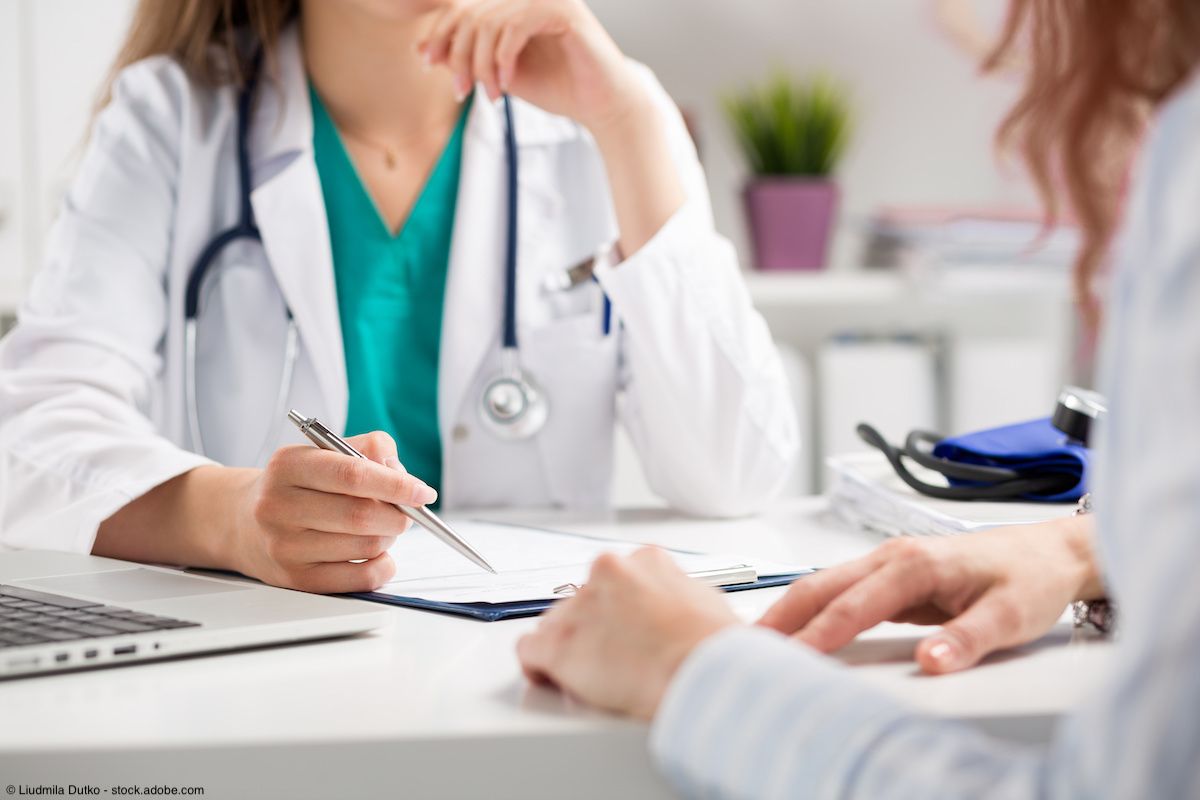Commentary
Video
Expert: Online resources help improve incontinence, do not reduce clinic visits
Author(s):
"What we found was that the primary outcome didn't change. Whether you had access to eADVICE or you didn't, most people still wanted to see the specialist at the end of their time, including people who were already dry," says Patrina H. Y. Caldwell, BMed, FRACP, PhD.
In this video, Patrina H. Y. Caldwell, BMed, FRACP, PhD, highlights key findings from the publication, “A Randomized Controlled Trial of a Web-Based Management Support System for Children With Urinary Incontinence: The eADVICE Trial.” Caldwell is an associate professor in the discipline of child and adolescent health at the University of Sydney in Australia.
Video Transcript:
The primary outcome in our study was reduction in number of patients that wanted to be seen by the specialist. We chose that primary outcome because the study was funded based on improving access to care, reducing costs for care, rather than on clinical outcomes. The clinical outcomes–improvement in their continence, reduction in enuresis or daytime urinary incontinence, improved quality of life–were all secondary outcomes.
What we found was that the primary outcome didn't change. Whether you had access to eADVICE or you didn't, most people still wanted to see the specialist at the end of their time, including people who were already dry. The numbers were slightly less for the eADVICE group, but not statistically. What that says to us is that people's decisions to see a specialist once they decide they want to see one are affected by more than the child's continence status. I was surprised that kids who were dry, their parents still wanted to come. What then happened–which is beyond the scope of the paper, but what we saw in real life–was that people will come and they wouldn't need as many visits. They might just come for 1 visit and be reassured their kid is fine, and that's it, but they still want that human interaction.
The second finding, which was not surprising was that there was significant improvement in every area of their continence. The kids in the eADVICE group were more dry during the day, more dry at night, or improved– so, even if they did not become completely dry, the continence was less severe or less frequent than previous–and the quality of life was definitely better for the eADVICE group. That was not surprising, but that was a good finding to have.
Then, we extended our study to do a 12-month follow-up. That became quite problematic, because between 6 to 12 months, the patients in the eADVICE group no longer had eADVICE. We would be able to see [if] they continued to improve even though they didn't have access to the program and were still waiting. It showed yes, they continued to improve. The control group, who did not have eADVICE in the first instance and were given access eADVICE, what we found was in that group, their changes were the same as the eADVICE group in the first 6 months, so they got a lot better. The improvements were very similar in proportion.
Another thing we wanted to look at was what made the difference. We asked people, "What treatments did you receive in those 6 months of the treatment period?" For the eADVICE group, they had urotherapy, which is standard, sensible things that my secretary was saying, things like drink more, usually, or drink less, depending on what the problem is, appropriate drinking, going to the toilet regularly rather than holding on–that's called time voiding–treating constipation, reducing caffeine intake–some of these children drank or ate a lot of caffeinated foods or drinks. [Others may be] alarm therapy for those with enuresis and treatment for overactive bladder with medication, for those who had symptoms of overactive bladder as diagnosed by a bladder diary if they completed one.
What we found was that in the eADVICE group compared to the control group, the only difference was the urotherapy part of it. So, in the control group, even though they weren't seen by specialists, they may have seen their GP or they may have found a specialist outside of the hospital system, their treatment for alarm training and desmopressin, which is first-line therapy for enuresis, which 97% of our patients had, were the same. The only difference was tailored urotherapy, about the drinks and going to the toilet regularly and bowels. There was significantly more in the eADVICE group that had that treatment than the control group, which says to me that there is something to be said about urotherapy. I started thinking, "Is it just urotherapy that everyone needs?" There's been a number of studies looking at the use of urotherapy for reducing enuresis or daytime urinary incontinence. It's very confusing, and it certainly shows urotherapy by itself doesn't seem to make all that much difference. I think in our instance, it's saying urotherapy in combination with alarm training or desmopressin, if necessary, delivered by an ECA–we had an avatar, which is a common term, but not the correct term–or an embodied conversational agent. We had little character, which spoke to the child and told them how to do urotherapy and had a conversation with them. That was what they got that was different. The urotherapy wasn't just "this is what you've got to do", but they had an opportunity to interact with the ECA. So, I think the difference may be the tailored urotherapy delivered by an ECA to the children that may have made the difference.
This transcription has been edited for clarity.
















